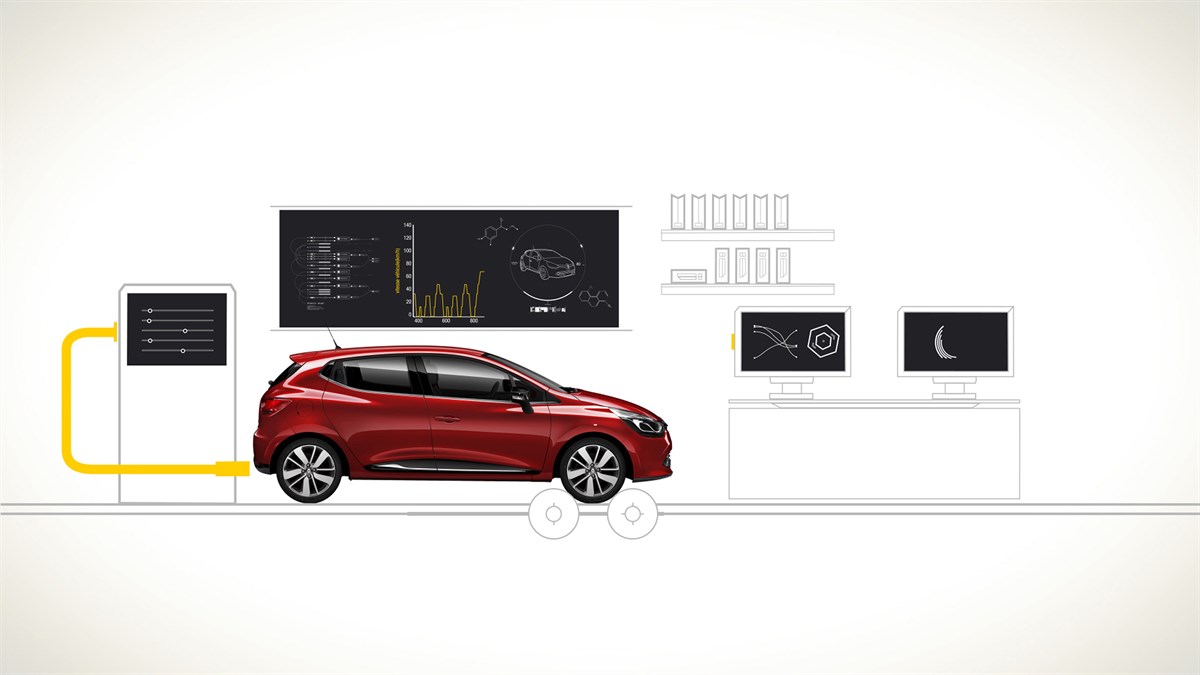INTRODUCTION TO NEW REGULATIONS

our promise
At Renault, we strive to make your life better and easier. For decades now, we have been working to offer vehicles that provide greater efficiency and cause less pollution.
We’re committed to reducing the environmental impact of our vehicles and our groundbreaking Zero Emissions (whilst driving) Z.E. technology has propelled Renault to be electric vehicle pioneers in sustainable mobility.
Regulations are changing and we play a role in these changes. It begins with taking into account the new Worldwide Harmonised Light Vehicle Test Procedure (WLTP) for personal cars and light commercial vehicles. This new protocol enables consumers to access fuel consumption and pollutant emission data that reflects the everyday use of their vehicle with much more accuracy.
We’re committed to reducing the environmental impact of our vehicles and our groundbreaking Zero Emissions (whilst driving) Z.E. technology has propelled Renault to be electric vehicle pioneers in sustainable mobility.
Regulations are changing and we play a role in these changes. It begins with taking into account the new Worldwide Harmonised Light Vehicle Test Procedure (WLTP) for personal cars and light commercial vehicles. This new protocol enables consumers to access fuel consumption and pollutant emission data that reflects the everyday use of their vehicle with much more accuracy.
understanding the changes in regulations
our solutions

facilitating reduced fuel consumption
We will continue to certify our vehicles according to current regulations.
Renault brought the first vehicles certified using the new procedure to market from January 2018. And from September 2018 onwards, all new Renault vehicles sold in the networks have WLTP certification.
Nevertheless, our ultimate goal is to help you be an active participant in reducing the environmental impact of your vehicle. If you’d like to know more about our Z.E. (Zero Emissions) range click here.
Renault brought the first vehicles certified using the new procedure to market from January 2018. And from September 2018 onwards, all new Renault vehicles sold in the networks have WLTP certification.
Nevertheless, our ultimate goal is to help you be an active participant in reducing the environmental impact of your vehicle. If you’d like to know more about our Z.E. (Zero Emissions) range click here.
Driving ECO2 programme
Driving ECO2 aims to reduce fuel consumption and CO2 emissions by optimising vehicle usage. Driving ECO2 consists of on-board and off-board functions:
- On-board features include a gear change indicator, an eco-driving mode button, the option of receiving a journey review with an eco-score and, thanks to eco-coaching, tips for eco-driving in real time to optimise fuel consumption.
- Off-board features include business-to-business eco score and eco driving training for example.

exceeding market expectations and changes in regulations
- In response to the demand for diesel engines on the market, we will adapt our diesel engines to selective catalytic reduction technology to reduce pollutant emissions in real-life situations.
- All new petrol engines will be equipped with particulate filters, offering both better performance and reduced emissions and fuel consumption.
- By 2022, we will offer 8 new fully electric Z.E. models and 12 new electrified models (HEV, P-HEV).




